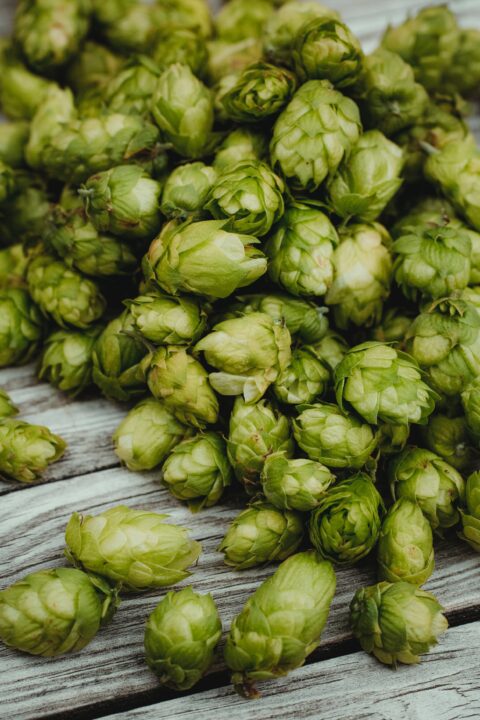Study Suggests Florida Strawberry Growers Pick Earlier To Pump Up Profit
According to a new UF/IFAS study, Florida strawberry growers must produce more fruit earlier in the growing season to keep a competitive advantage in the global market.
Florida and California combine to produce 99% of strawberries in the U.S., and Florida ranks as the biggest producer of winter strawberries, with a value of $366 million annually, according to USDA figures.
But growers and UF/IFAS researchers are concerned because the industry faces increasing supplies from Mexico and California and volatile market prices. Mexico has emerged as the major competitor for the Florida strawberry industry, the study says. Fresh strawberry imports from Mexico reached 360 million pounds in 2014, while Florida production was about 200 million pounds.
To help alleviate those challenges, producers need to start picking in mid-November, instead of early December, said Vance Whitaker, a UF/IFAS associate professor in horticultural sciences and a strawberry breeder. This is when domestic supply is low and prices are high,
“If they can’t do this or lower their costs significantly, it may be difficult for them to stay in business,” Whitaker said.
Researchers also found growers need to produce more than they have in the past before the middle of December. After mid-December, yields would ideally be steady and smooth, not having extreme highs and lows into March, Whitaker said. The optimal yield pattern over the season, if achieved, could increase growers’ profit by $3,000 per acre, said Zhengfei Guan, a UF/IFAS food and resource economics assistant professor and co-author of the study.
Strawberry yield must peak during the first six to eight weeks of the growing season, the study says. Too much supply from Florida later in the growing season will lower prices and reduce profit, Whitaker said.
“This kind of yield pattern will result in price/volume combinations that will increase their profits,” he said. “In order to help them do this, we need to develop new varieties and horticultural practices that will help them accomplish these changes in yield patterns.”
The study is published in the journal Agricultural Systems.









